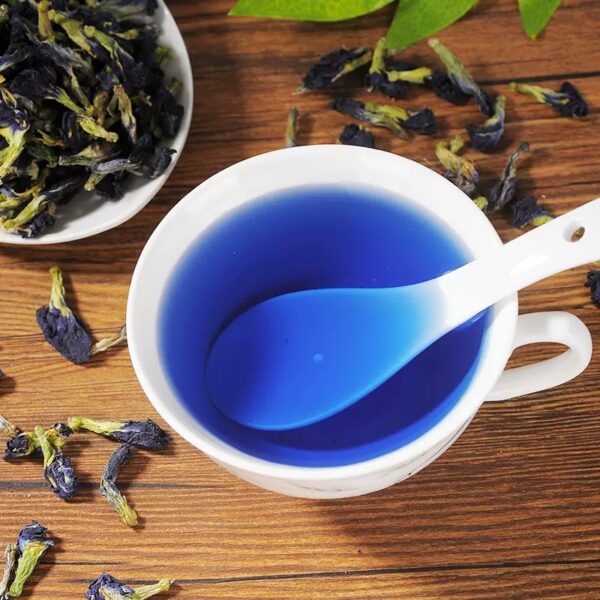
# Blue Tea: A Refreshing and Unique Beverage
## What is Blue Tea?
Blue tea, also known as butterfly pea flower tea, is a caffeine-free herbal tea made from the dried flowers of the Clitoria ternatea plant. This vibrant blue beverage has been consumed for centuries in Southeast Asia and is gaining popularity worldwide due to its unique color and potential health benefits.
## The Science Behind the Color
The striking blue hue of this tea comes from anthocyanins, the same natural pigments found in blueberries and red cabbage. What makes blue tea particularly fascinating is its ability to change color when the pH level is altered. Adding lemon juice or other acidic ingredients turns the tea from blue to purple or even pink, creating a visually stunning drink.
## Health Benefits of Blue Tea
Keyword: blue tea
While research is still ongoing, blue tea is believed to offer several potential health benefits:
– Rich in antioxidants that may help combat free radicals
– May support cognitive function and memory
– Could help reduce stress and anxiety
– May promote healthy skin and hair
– Contains anti-inflammatory properties
## How to Prepare Blue Tea
Making blue tea is simple and requires just a few steps:
1. Bring water to a boil (about 200°F or 93°C)
2. Add 5-7 dried butterfly pea flowers per cup
3. Steep for 5-7 minutes
4. Strain and enjoy plain or with honey, lemon, or other flavorings
## Creative Ways to Enjoy Blue Tea
Beyond drinking it hot or iced, blue tea can be used in various creative ways:
– As a natural food coloring for desserts and cocktails
– Mixed with other teas for unique flavor combinations
– Added to smoothies for a colorful twist
– Used in mocktails for vibrant non-alcoholic drinks
## Where to Find Blue Tea
Blue tea is becoming more widely available in:
– Specialty tea shops
– Health food stores
– Online retailers
– Some Asian grocery stores
When purchasing, look for organic, high-quality dried butterfly pea flowers to ensure the best flavor and color.
## Final Thoughts
Blue tea offers a unique combination of visual appeal, delicate flavor, and potential health benefits. Whether you’re a tea enthusiast looking to expand your collection or someone interested in natural, colorful beverages, blue tea is worth trying. Its ability to transform colors and its versatility in various recipes make it a fascinating addition to any beverage lineup.